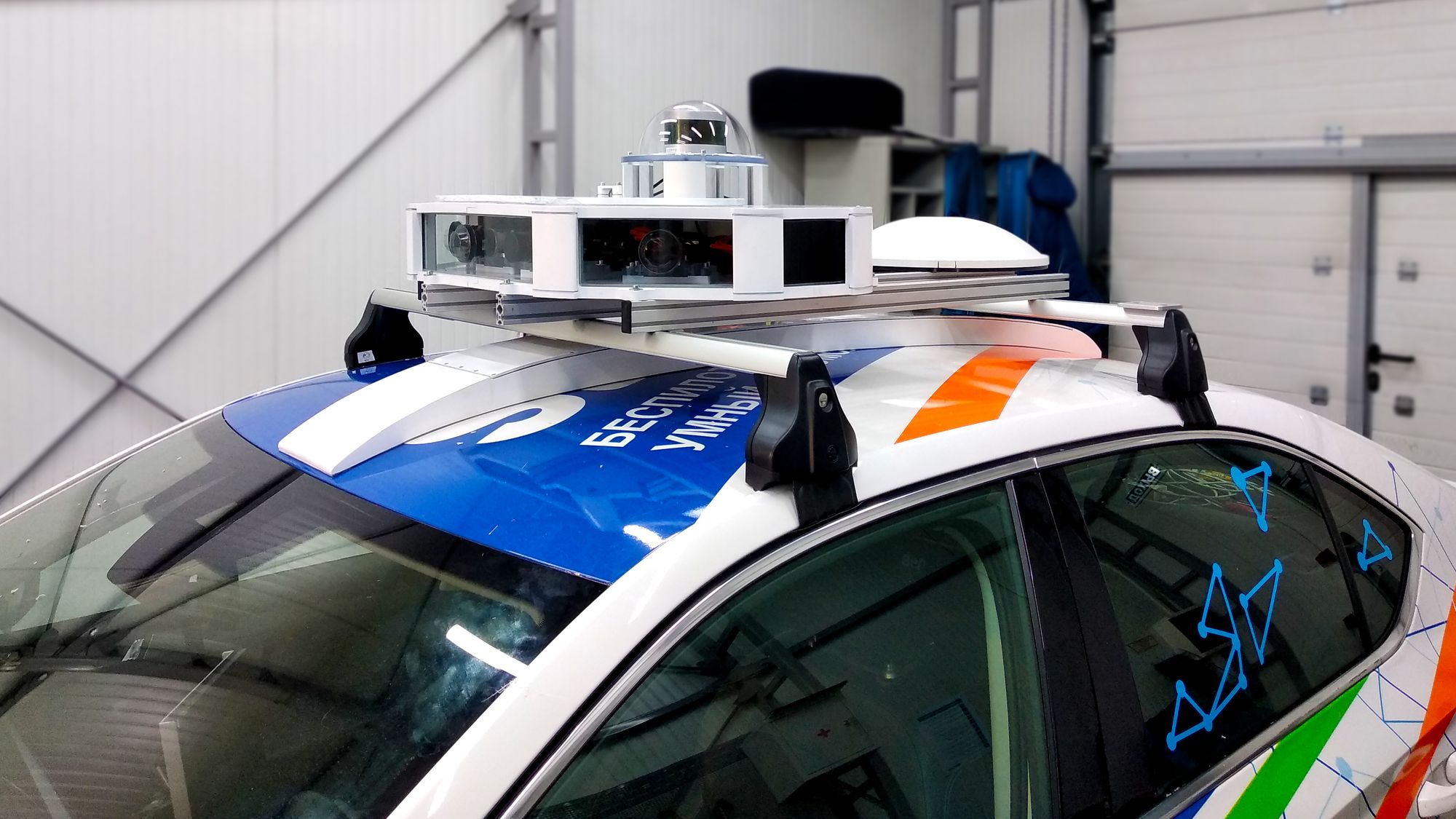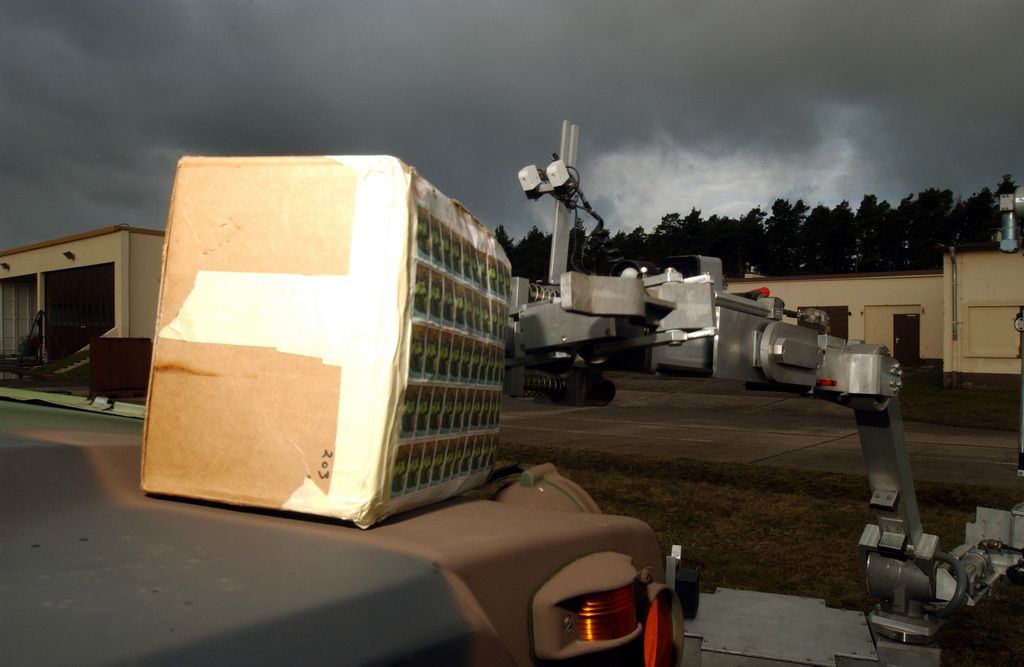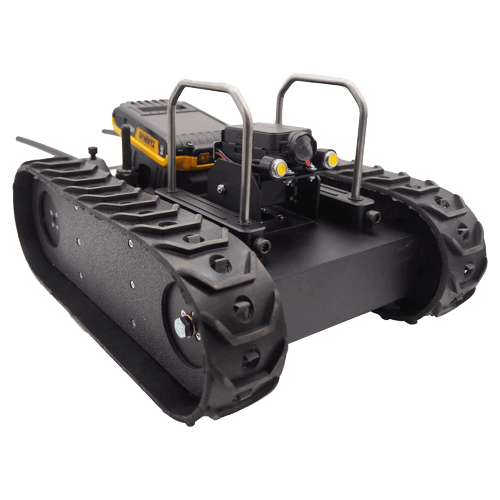Imagine a world where police cars navigate the streets without human intervention, drones keep a watchful eye on our cities, and artificial intelligence algorithms analyze crime patterns in real-time. This intriguing vision of the future may sound like something out of a sci-fi novel or movie, but it's closer to reality than you might think.
The prospect of autonomous policing from different angles is becoming an increasingly relevant topic among law enforcement agencies and the public at large.
From self-driving police cars and surveillance drones to AI-driven crime analysis and robotic public safety officers, we will examine the potential benefits and challenges of incorporating these cutting-edge technologies into the realm of law enforcement.
Autonomous Police Vehicles
In recent years, the development of autonomous vehicles has made significant strides, capturing the imagination of both the public and private sectors. This burgeoning technology has the potential to revolutionize not only our daily commutes but also the way law enforcement agencies operate.
As we stand on the cusp of this brave new world, it's worth examining the development and potential benefits of self-driving police cars, as well as the roles they might play in traffic management, patrols, and emergency response.The concept of autonomous police vehicles isn't as far-fetched as it may seem. In fact, several automakers, such as Tesla and technology companies, like Waymo are already working on prototypes that are the way to be used for law enforcement purposes.
These vehicles incorporate cutting-edge technologies such as advanced sensors, AI-driven navigation systems, and real-time communication capabilities.
As Minority Report so vividly depicted, the day may not be far off when our streets are patrolled by fleets of driverless police cars.
There are numerous potential benefits associated with the adoption of self-driving police cars. For one, they could reduce the risk of accidents caused by human error, which is a significant factor in many police pursuits and traffic stops.

There are numerous potential benefits associated with the adoption of self-driving police cars. For one, they could reduce the risk of accidents caused by human error, which is a significant factor in many police pursuits and traffic stops.
Some behavior-related hazards that put officers at risk of a crash on the job are: Not wearing a seat belt, Speeding, particularly through intersections, Being distracted while using a mobile data terminal or other in-care electronics and Experiencing tunnel vision from increased stress
Sourcee: cdc
Furthermore, autonomous vehicles can operate around the clock without succumbing to fatigue or lapses in concentration, ensuring consistent and efficient law enforcement.
In addition to these safety advantages, these vehicles could play a crucial role in various aspects of law enforcement, such as:
Traffic management: Self-driving police cars could be programmed to enforce traffic laws, detect violations, and issue citations automatically. This could help reduce congestion and improve overall road safety.
Patrols: Autonomous police vehicles could efficiently patrol designated areas, using onboard cameras and sensors to monitor their surroundings for suspicious activity or potential threats. In the event of an emergency, they could quickly alert human officers and even provide real-time video feeds of the situation.
Emergency response: In critical situations, such as active shooter incidents or natural disasters, autonomous police vehicles could be deployed to assist first responders. They could transport officers, medical personnel, or even evacuate civilians from dangerous areas without putting human drivers at risk.
While the prospect of autonomous police vehicles presents a myriad of benefits, it also raises important questions about accountability, public safety, and the potential for misuse of this powerful technology. In the words of the wise Jeff Goldblum in Jurassic Park,
"Your scientists were so preoccupied with whether or not they could, they didn't stop to think if they should."
As we continue our exploration of the intersection of autonomous policing, it's crucial to weigh these concerns and ensure that the development and deployment of self-driving police cars are guided by ethical principles and a commitment to public safety.
Robotics in Public Safety
Beyond autonomous vehicles, another exciting frontier in the realm of law enforcement is the use of robots to perform critical public safety tasks. These robotic systems are capable of undertaking hazardous missions that would otherwise put human lives at risk.
Bomb disposal has long been one of the most dangerous and nerve-wracking tasks faced by law enforcement and military personnel. In recent years, however, robots, such as the TALON, have increasingly been deployed to handle these perilous missions, reducing the risk to human life.
Equipped with advanced sensors, manipulator arms, and remote control capabilities, they can safely inspect and neutralize explosive devices, keeping their human operators at a safe distance. This technology has already saved countless lives, and as robotics continue to advance, these machines will likely play an even more significant role in addressing explosive threats.
Search and rescue operations present another critical area where they can make a substantial impact. For instance, in the aftermath of natural disasters, such as earthquakes or hurricanes, locating and extracting survivors from collapsed buildings or flooded areas can be both dangerous and time-consuming for human responders. By navigating these hazardous environments more quickly and safely, with the use of thermal imaging cameras, microphones, and other sensors to locate survivors and relay their positions to rescue teams.
But the potential applications of robotics in public safety don't end there. In fact, AI-powered robots are already being developed to assist or even replace human officers in certain situations. For example, robots equipped with advanced AI algorithms could be deployed to monitor public spaces for suspicious behavior, conduct routine patrols, or even respond to emergency calls in dangerous situations.
In I, Robot, we see a world where robots, governed by a strict set of ethical guidelines, are tasked with protecting humans. But as the movie demonstrates, even the best intentions can sometimes go awry. It's essential, then, that we approach the deployment of robotics in public safety with caution and diligence, ensuring that these remarkable machines are used responsibly and in the best interests of society as a whole.
Drones in Policing
Another groundbreaking development in the world of law enforcement is the increasing use of drones, or unmanned aerial vehicles (UAVs), for surveillance and crime prevention purposes.
These small, remotely piloted aircraft are rapidly becoming invaluable tools for police departments across the globe, offering a host of advantages over traditional surveillance methods.
In this section, we'll delve into the growing use of drones in policing and discuss the ethical and privacy concerns that arise from their deployment.
Drones are highly versatile and cost-effective platforms that can be fitted with a variety of sensors, cameras, and communication equipment. This makes them ideal for a wide range of law enforcement applications, such as:
Aerial surveillance: provide real-time video feeds of large areas, making them useful for monitoring large gatherings, protests, or events. They can also be deployed to track suspects or survey crime scenes from above, offering valuable intelligence for investigators.
Crime prevention: equipped with thermal imaging cameras can help detect potential criminal activity, such as illegal drug cultivation or trespassing in restricted areas. By providing an aerial perspective, drones can assist officers in identifying and addressing criminal behavior before it escalates.
Search and rescue: As we've already discussed, drones can play a critical role in locating missing persons or assisting in disaster relief efforts by quickly scanning large areas and relaying information back to rescue teams.

While the benefits of drone technology are undeniable, their growing use in law enforcement also raises important ethical and privacy concerns.
Many people worry that the widespread deployment of drones for surveillance purposes could lead to an erosion of civil liberties and an invasion of personal privacy. After all, the thought of being constantly monitored from above can be unnerving, as the dystopian film 1984, vividly illustrates.
In order to address these concerns, it's crucial that law enforcement agencies develop and adhere to strict guidelines for drone usage, balancing the need for public safety with respect for individual privacy.
This might include measures such as obtaining warrants for targeted surveillance, limiting the retention of captured data, and ensuring transparency in the deployment of drone technology.
As we've explored the intersection of autonomous policing is a rapidly evolving and fascinating area, with numerous breakthroughs transforming the way law enforcement agencies operate.
From self-driving police cars and AI-powered robots to advanced drone technology, these innovations have the potential to revolutionize public safety, making our communities safer and more efficient.
We live in exciting times, as the world continues to evolve and reshape the future of law enforcement. We hope this article has piqued your interest and left you eager to learn more about the incredible advancements in this field. Stay tuned for future articles that delve deeper into the world of robotics, AI, and autonomous technologies, as we explore the challenges and opportunities that lie ahead in our increasingly interconnected world.





